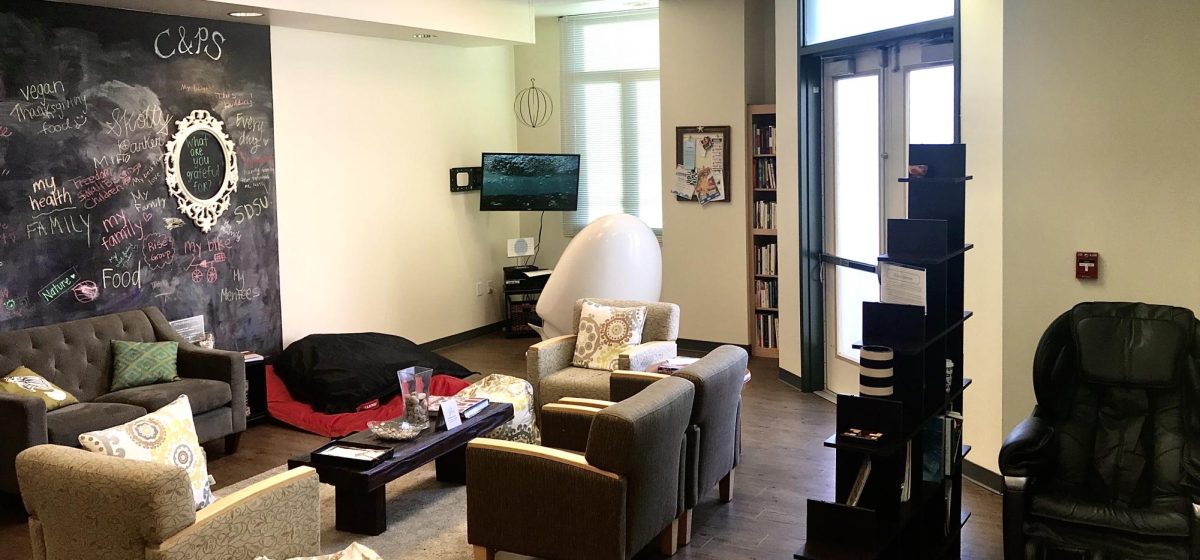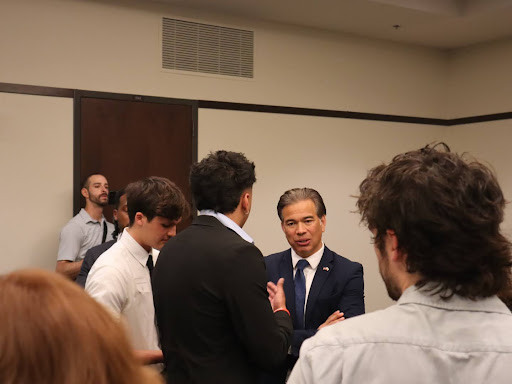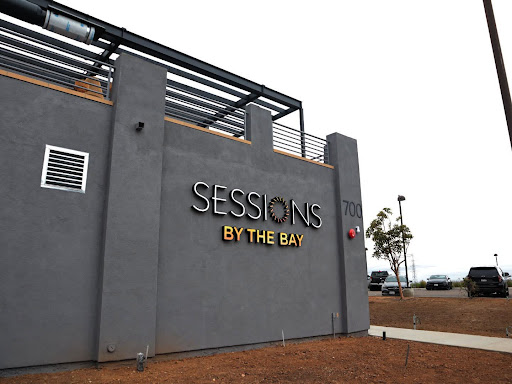
The San Diego State astronomy department recently announced it received funding to build a $1.5 million telescope to replace the small, 45-year-old research telescope at the Mount Laguna Observatory.
The telescope is expected to take approximately a year and a half to construct. Once the telescope is completed, SDSU faculty and students will be able to utilize the new technology. Additionally, a portion of the observation time will be granted to The University of Kansas, the project’s partner and investor.
The new telescope, which is the largest in school history, was funded by a bequest from SDSU alumnus and former member of the Mount Laguna Observatory Associate Phillips Claud.
When Calud passed away, he left $670,000 from his estate to fund the construction of the telescope. Because of Claud’s financial support, the telescope will be named after him.
In addition to Claud, there were many other investors interested in funding the project. The Brenda and Dave Rickey Foundation, a charitable organization, provided $100,000 to the project, which went to purchase raw glass to form the telescope’s mirror. Other investors included The San Diego Foundation, Justin Rennilson, Astronomical Research Cameras, Inc. and donations from SDSU alumni and observatory members.
The telescope is expected to have many new features that will help the SDSU Department of Astronomy—which is the only department of its kind in the California State University system—to expand current research projects.
SDSU Astronomy Department Chair Allen Shafter said one of the features many people are looking forward to in the new 50-inch telescope is its robotic abilities. These will enable the telescope to be operated remotely, allowing for more precise and thorough research projects.
“A robotic telescope will be far more effective than a traditional telescope, and so we can do a lot more with it, even if it is roughly the same size,” astronomy professor William Welsh said. “It’s like the difference between a word processor and a typewriter—both give the same output, but one is a heck of a lot better.”
Because of the telescope’s new features, faculty members will have more time devoted to studying various astronomical objects.
“The real advantage of our new telescope will be in the way that it is scheduled, and in the availability of large amounts of telescope time for our faculty to study time-varying astronomical objects,” Shafter said.
In addition, the telescope’s ability to automatically record data will benefit faculty members working on time-consuming research projects during the semester.
“It is really a pain to work all night, get maybe two hours of sleep, drive an hour to campus, teach and work with students, then go back to the observatory to work all night again,” Welsh said. “This gets old real fast, especially in winter when the nights are very long. So having the telescope automatically take the data will really help when classes are in session.”
Along with its robotic abilities, the telescope will collect approximately 50 percent more light than the Mount Laguna Observatory’s current telescope, allowing for fainter objects to be seen.
SDSU astronomy professor Jerome Orosz said the Phillips Claude telescope will have a more advanced optical design, allowing for larger regions of the sky to be seen.
Overall, The Phillips Claude telescope will be instrumental in advancing research from the SDSU Department of Astronomy, in addition to searching for different stars and clusters in the Milky Way, finding planets around other stars as well as locating supernovae and novae in distant galaxies.









